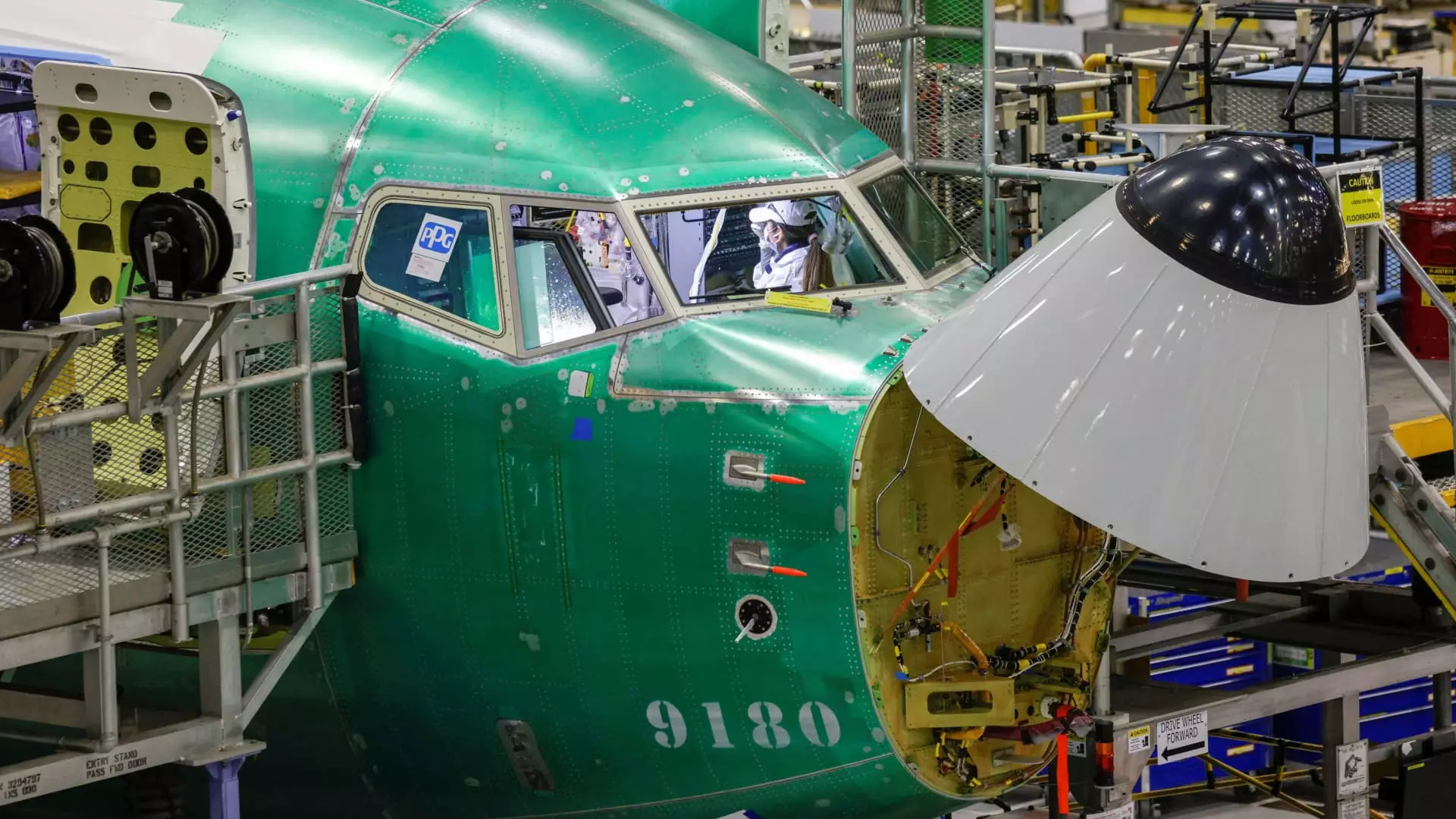In a significant development for the aerospace industry, Boeing’s machinists, numbering over 32,000, are now required to return to work by Tuesday following a protracted strike that lasted more than seven weeks. This labor disruption began on September 13, when the machinists rejected a contract proposal that offered a 25% pay increase. The culmination of negotiations eventually led to the approval of a new contract featuring a staggering 38% pay raise spread over four years, alongside various other improvements deemed essential by the workforce. The impact of this strike was profound, halting production across most of Boeing’s manufacturing plants.
Despite the imminent return of workers, Boeing has warned that it might take weeks to ramp operations back to normalcy. The transition from inactivity to full-scale production is fraught with challenges. A company spokesperson highlighted that before resuming operations, several assessments must be made. These include evaluating potential workplace hazards, re-establishing machinist duties, and ensuring adherence to the latest safety protocols. Moreover, it is crucial to verify that all workers’ training qualifications are up to date. Boeing’s CEO, Kelly Ortberg, emphasized the importance of a cautious approach, stating, “It’s much harder to turn this on than it is to turn it off. So it’s absolutely critical that we do this right.”
Impact on Aircraft Deliveries
The ramifications of the labor strike were quickly evidenced in Boeing’s delivery numbers. The company reported delivering only 14 aircraft in October, marking the lowest output since the pandemic’s peak in November 2020. Of these deliveries, nine were 737 Maxes, with operations being conducted by workers not involved in the strike. This highlights the delicate balance Boeing must maintain in meeting delivery deadlines while handling workforce challenges. Additionally, amidst the strike, the company continued to secure aircraft sales, registering 63 gross orders—a slight decrease compared to the previous month.
As the company resumes production for various models, including the 737 Max, 767, and 777, the journey to recovery will not be instantaneous. Boeing’s Dreamliner program, produced in a non-union facility in South Carolina, managed to maintain output during the strike, providing a certain level of stability. Nevertheless, the overall health of Boeing’s operations is contingent on the successful reintegration of its machinists and the restoration of a fully operational workforce.
While the resolution of the strike represents a pivotal moment for Boeing, the company faces a steep climb back to pre-strike productivity levels. The upcoming weeks will be critical as the management must navigate through the complexities of workforce dynamics and production logistics, all while maintaining the quality and safety standards that underpin their brand’s legacy in aviation.

